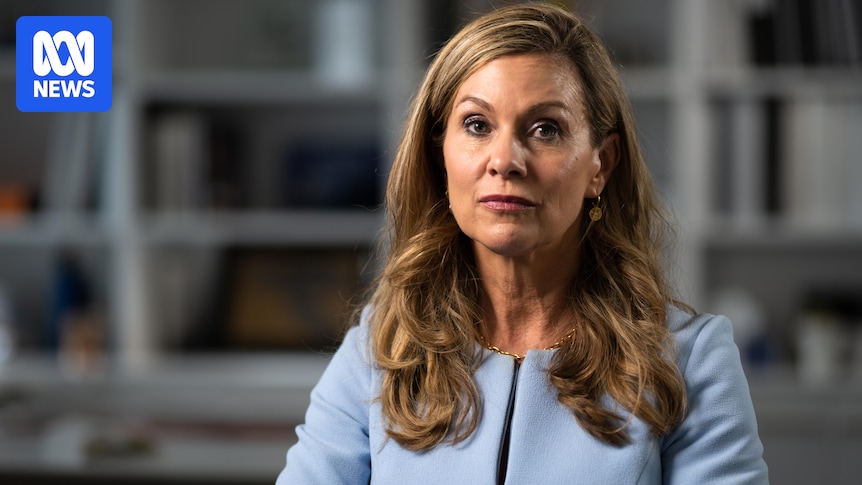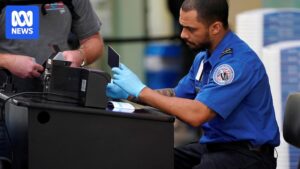
Not all Australians under the age of 16 will “magically disappear overnight” from social media platforms, according to eSafety Commissioner Julie Inman Grant. This statement comes amid a legal challenge seeking to delay the federal government’s upcoming ban, set to begin on December 10, which aims to restrict social media access for minors.
The implementation of these restrictions will “vary platform to platform,” Inman Grant noted, reflecting her discussions with various tech companies. This admission coincides with a legal challenge filed against the eSafety Commissioner, Communications Minister Anika Wells, and the Commonwealth, as they are named as defendants in documents submitted to the High Court.
Government’s Stance and Legal Challenges
Communications Minister Anika Wells has affirmed the government’s commitment to defending the new laws. During Question Time, she stated, “We stand ready to defend any legal challenges that come our way on behalf of the 120,000 Australian parents who asked us to pass this law and to protect their kids from the harms of social media.”
Two 15-year-olds, Noah Jones and Macy Neyland, alongside the advocacy group Digital Freedom Project, have initiated a legal challenge. They argue that the legislation, which targets platforms like TikTok, YouTube, and Instagram, infringes upon the constitution’s implied freedom of political communication. The plaintiffs seek to have the ban declared invalid or, alternatively, to obtain an injunction preventing enforcement of the age restrictions.
Implementation Concerns and Industry Response
As the ban’s start date approaches, the Coalition has been compelled to clarify its support. Opposition communications spokeswoman Melissa McIntosh initially expressed reservations but later affirmed, “The Coalition supports the social media ban. We all want this social media ban to work and to protect children.”
Despite this support, McIntosh highlighted “genuine” concerns regarding the implementation, particularly following a “last-minute” decision to include additional platforms in the ban. Inman Grant acknowledged that not all platforms would flawlessly implement the ban from the outset. “Some will do this really well and really precisely and some will be a little bit slow and a little bit sloppy,” she told the ABC.
Penalties of $49.5 million await platforms that fail to comply, but eSafety plans to follow a “gradual and fair compliance process” before imposing fines.
Tech companies will soon be required to provide evidence of deactivating Australian teenagers’ social media accounts, with the regulator initially seeking weekly and then monthly reports. “We will be compelling them to provide very specific information about what they’ve done and how many accounts that they’ve deactivated or de-platformed,” Inman Grant explained.
Constitutional Concerns and Broader Implications
The High Court documents filed by the Digital Freedom Project argue that the new laws will unjustly exclude 13 to 15-year-olds from vital channels of political engagement. The claim emphasizes that teenagers frequently use these platforms to stay informed, engage with elected officials, and participate in civic life.
The filing contends that the ban is “not reasonably appropriate and adapted,” suggesting that less restrictive measures, such as parental oversight or targeted regulation of platform design, could achieve the same protective goals.
The challenge argues that the ban’s broad scope is “oppressive, overreaching and inappropriate,” failing to incentivize social media companies to address harmful design features that contribute to online risks.
Looking Ahead
The legal challenge against Australia’s social media ban for minors underscores the complexities of regulating online spaces while balancing constitutional freedoms. As the High Court prepares to hear the case, the outcome could set significant precedents for digital policy and youth protection.
Meanwhile, stakeholders, including parents, tech companies, and policymakers, will be closely monitoring the implementation’s progress and potential adjustments. The coming weeks will be crucial in determining how effectively the new laws can be enforced and whether they withstand judicial scrutiny.







